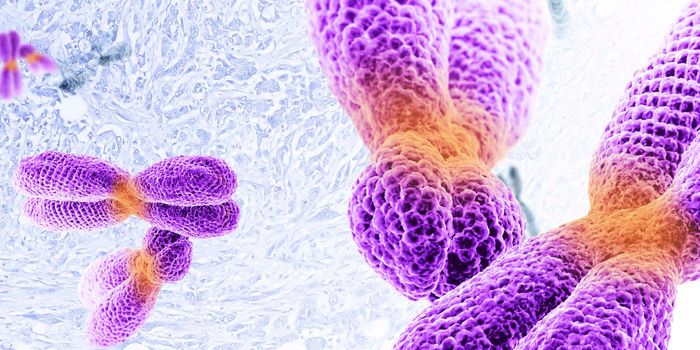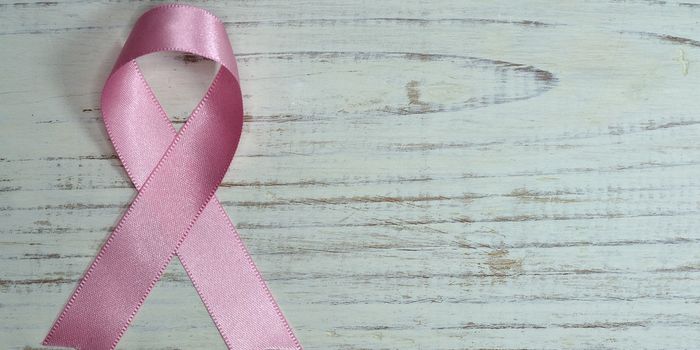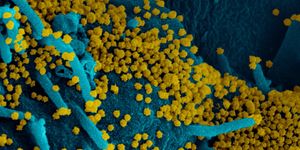Artificial Intelligence Can Now Diagnose Chagas Disease Using a Phone's Camera
Chagas Disease is caused by a parasite called T. cruzi. Primarily found in Latin America, it is transmitted to humans by blood-sucking insects called “kissing bugs”. In the weeks or months following infection, an individual may experience symptoms of fever, fatigue, body aches, and infection. If untreated, Chagas Disease can lead to chronic cardiac and gastrointestinal complications and even death.
Chagas Disease can be treated using antiparasitic medications to kill the parasite T. cruzi. This treatment is most effective in the disease’s early stages, but may also be effective later on. Treatment for Chagas Disease also includes treatment of whatever symptoms manifest from the infection. There are currently no drugs or vaccines available to prevent infection.
Identifying the presence of a T. cruzi infection usually involves looking at a patient’s blood sample under a microscope. Researchers are now utilizing artificial intelligence (AI) technology to identify the presence of T. cruzi in blood samples. Their technique simply entails using a phone camera to photograph blood samples through a microscope. This is cheaper than previous methods, which require an expensive high-resolution camera and an analysis performed by trained microscopists.
Helder Nakaya, immunologist and author of the research paper, says that “the point [of the study] is to generate images and analyze them under a microscope that can be sent to remote parts of Brazil. The app itself must say whether they are images of the parasite that causes Chagas. It’s therefore important to have a robust and affordable microscope that can collect the images automatically,”
The researchers believe that their algorithm and technique could be adapted for other diagnostic techniques that depend on images. This could include analysis of feces and skin samples. The researchers have made their algorithm open software, so that the scientific community can both contribute data and adapt their technique as needed.
Sources: Centers for Disease Control and Prevention, Bioinformatics and Genomics








